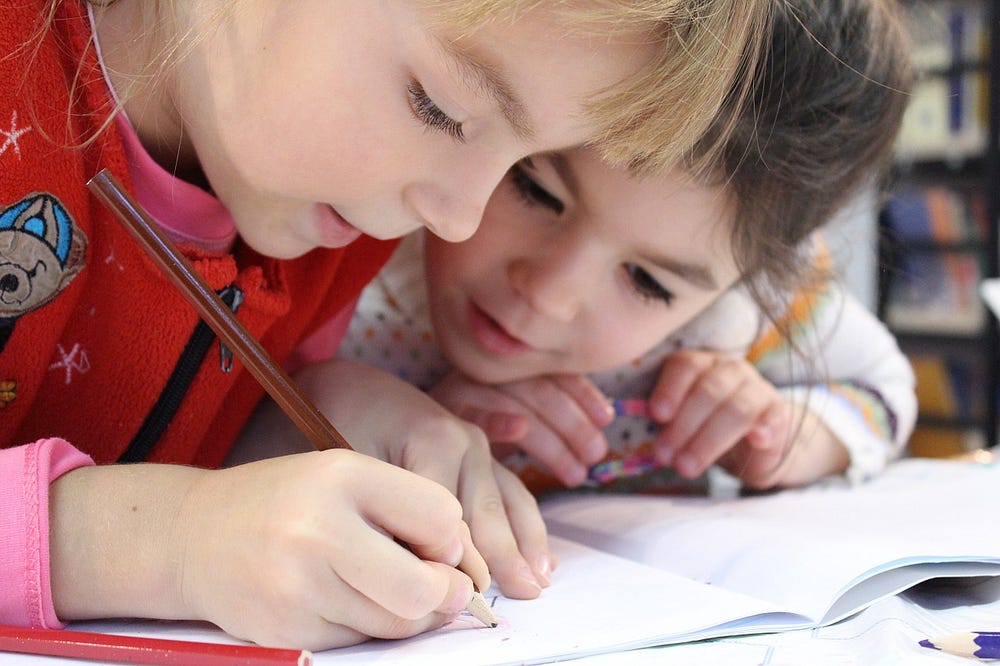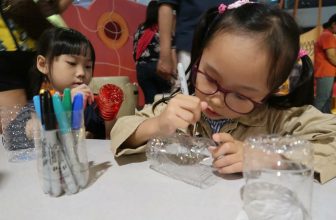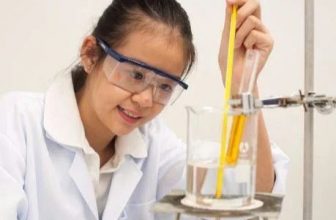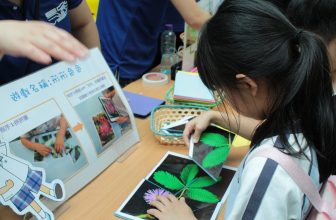
First of all, before introducing what is STEAM education, Lord Bar must first introduce the origin of this word.
In fact, STEAM is composed of five words, they are:
S S. &. T (science)
T echnology (Technical)
E ngineering (engineering)
A RTS (Art)
M athematics (mathematics).
STEAM is an educational concept proposed by the U.S. government, which aims to strengthen American K-12 capabilities in science, technology, engineering, art, and mathematics.
However, this education policy was not called STEAM when it first came out.
We can trace it back. In fact, this policy had only four letters STEM at the beginning . It was a policy proposed by the United States in order to review the gradual weakness of its basic education in science and engineering.
It was only in 2015 that “Arts” was incorporated into this education system, and
the so-called ” STEAM education ” was formally formed .
STEAM education emphasizes DIY (hands-on), problem solving (problem-solving),
project oriented teaching (project-based), whereby the comprehensive ability to cultivate children’s inner,
including: “the ability to explore,” “critical thinking skills “, “Creative Thinking Ability”, “Problem Solving Ability”.
In the process of solving problems or investigating projects, you will inevitably experience mistakes and failures. After failure, you must reflect on the reasons, and then modify the practice, then try again, fail again, review again, and try again… until you find success. The way to go. Therefore, STEAM education can not only cultivate the above-mentioned abilities, but also cultivate children’s patience , willpower and frustration tolerance , and learn to be responsible for themselves .

The thunder of STEAM education in the United States is no less than that of quality education in China. Most primary and secondary schools have STEAM expenditures, and STEAM is often talked about by teachers, principals, and educators.
In addition, STEAM is not only loud, but also rainy: Under the call of STEAM education, robots and 3D printers have entered the school, and even Obama has joined the ranks of the national learning program and wrote himself The first line of code, and educational technology products that help children learn math and science have also sprung up.
And Lord Bar found that these five subject areas like to combine technology and engineering, art and mathematics, breaking the conventional discipline boundaries. Maybe STEAM was first proposed because the United States lacked science and engineering talents, but it was definitely not the nerdy science house that we imagined to only take exams.
So, why is STEAM education worthy of our learning and reference?
Pay attention to “the connection between learning and the real world”

Specifically, STEAM education not only advocates the learning of these five subject knowledge, but also advocates a new teaching method : let students complete the projects they are interested in and related to their lives, and learn from the process. Subject and interdisciplinary knowledge.
“STEAM is actually a transformation of the traditional educational philosophy based on standardized tests. It represents a modern educational philosophy that focuses more on the learning process rather than the result.”
Unlike exams, the new philosophy dared to make students make mistakes , let them try different ideas, and let them hear different opinions. Contrary to examinations, the new philosophy promotes children’s creation of knowledge that can be applied to real life , rather than traditional education.
Therefore, STEAM education will not be in a classroom with neat tables and chairs, but in a workshop full of wood planks, files, wires, circuit boards, chips, 3D printers, and various strange technology products.
Make learning highly interesting:

Through this kind of education, children learn more than a single subject, they need to connect various subjects in the process of completing the work. For example, the children used the micro:bit in the Coding Bar classroom to complete the “thermometer”. The first thing you need is the knowledge of mathematics and logic, and then you have to be proficient in operating various tools, and then you have to understand the principles of circuit theory, and from time to time. Read English.
This kind of “hands-on” teaching mode will definitely bring about no worse learning results than traditional education. After finishing the robot, you may have to introduce your work to classmates, friends, and teachers. Then it is time to test your language expression. It’s time for ability and logical thinking ability.
As mentioned earlier, the STEAM classroom is not a traditional classroom. In the words of children, “This is the place to “play”. “Playing” is the beginning of interest for children. In the classroom, teachers can also “play” with students! All this broke the traditional and boring way of education in the past when the teacher talked on stage in the classroom and a group of children watched from below.
Focus on the learning process instead of the results on the test paper

STEAM education focuses on practice, hands-on, and process. It is influenced by the theory of constructivism education . It is hoped that children can construct things about science, technology, engineering, art and mathematics by making things they like. knowledge. Remember how you learned about “circuits”? How much do you remember now? Have you used it in your life? The teacher is speaking on the podium, and the students are listening below, but the knowledge is still the knowledge of the teacher, not the knowledge of the students. Students need to construct their own knowledge about circuits. How? It’s better to dismantle a computer, or make a dance mat, stereo, remote control or anything together.
Text/Frankie
Citation source: CodingBar





